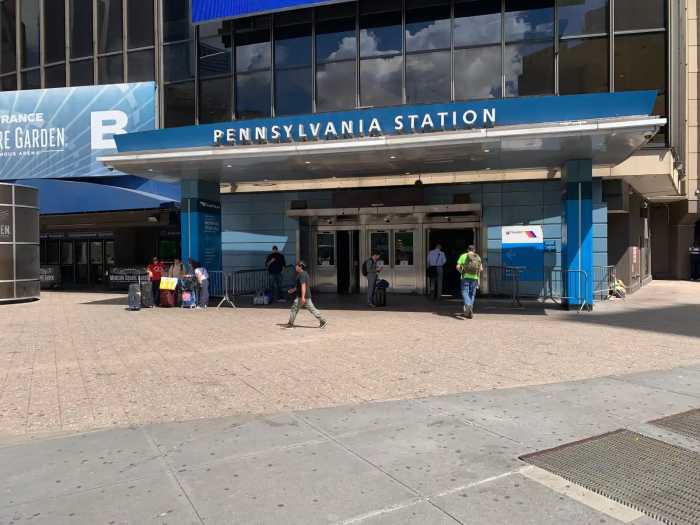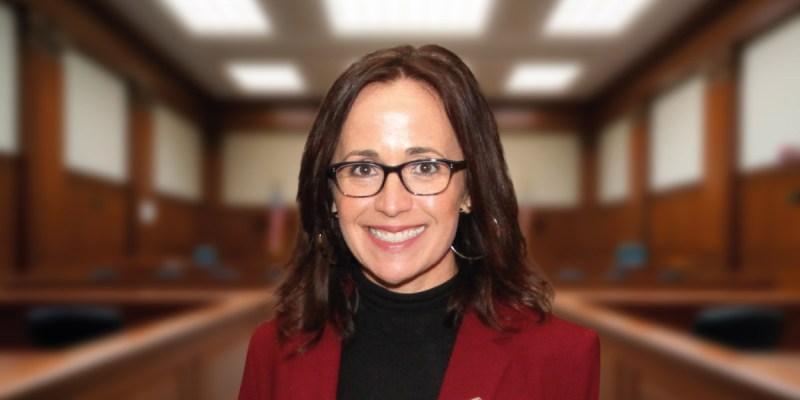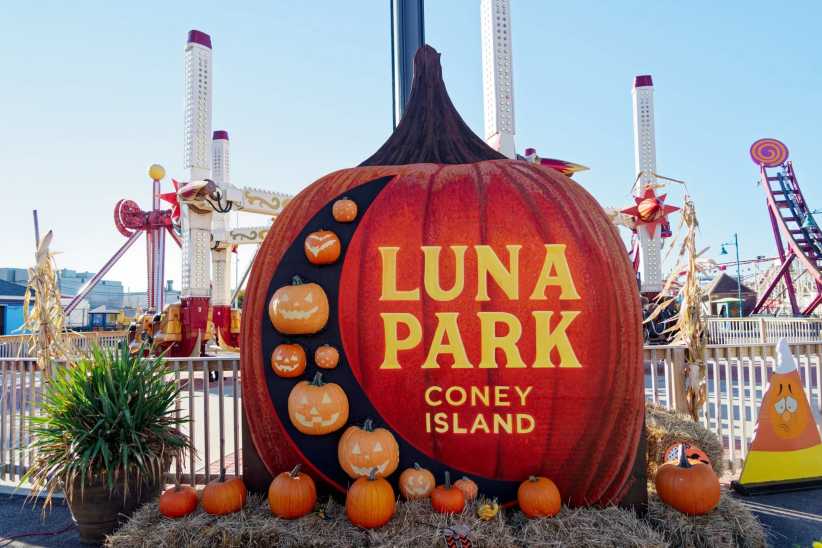Sept. 20, 2013 By Christian Murray
The controversial plan to develop a former playground site within the Sunnyside Gardens Historic District was voted down by Community Board 2 Thursday night.
The proposal calls for the construction of eight residential units—behind an architecturally significant aluminaire house–on the corner of 39th Avenue and 50th Street. The site was the former Phipps playground, where many Sunnyside and Woodside residents played as children.
The aluminum house– built in 1931 as a prototype for affordable housing– would be unoccupied and would essentially be an architectural museum piece. The adjacent residential units would be clad with terracotta-colored panels, with a brick pattern.
The apartments would be built in an L-shape around the aluminaire structure, with open public space between them.
The developer’s plans, presented by Michael Schwarting, an architect with Campani and Schwarting Architects, were criticized by more than a dozen Sunnyside Gardens residents from the get-go.
Some of the speakers are calling on the Landmarks Preservation Commission to preserve the site as open space in its current form—including the old shed and sandbox pavilion. Others are searching for ways to buy the property before it is too late.
However, Ken Fisher, the attorney representing the building owner Harry Otterman, said the site is zoned for development and will not remain an empty lot. “We are able to build eight apartments,” he said, subject to landmarks approval of layout and materials.
The community board based its vote against the plan on the findings of its Land Use Committee. Patrick O’Brien, who spoke last night on behalf of that committee, viewed the aluminum structure—and terracotta-brick residential units—to be “in stark contrast to the surrounding landmark buildings.”
O’Brien said the committee feared that the vacant aluminum house would be vandalized—and would attract problems that could be a nuisance for neighbors. The committee questioned the financial viability of the custodians of the aluminum house.
State Sen. Mike Gianaris and Councilman Jimmy Van Bramer spoke at the board meeting and expressed their opposition to it. They both said that Sunnyside Gardens was the wrong location for the aluminum house. Furthermore, they questioned the building materials being used for the residential component of the development.
Congressman Joseph Crowley sent a representative to make clear that he opposed it.
John O’Leary, a 35-year resident, said “no one wants the [aluminaire] structure and no one wants to be responsible for it. Even the Museum of Modern Art and the Smithsonian said ‘no thank you.’ I suggest we say ‘no thank you.’”
Meanwhile, Liz Reynolds, a local resident, said she was concerned that the aluminaire house was a Trojan horse to side track the Landmarks Preservation Commission away from the residential units.
Herb Reynolds, of the Sunnyside Gardens Preservation Alliance, is looking to block the development and search for ways to buy the lot—so it can be converted into a public park.
He said it the site is particularly important since the Phipps outdoor nursery is one of the last “in-tact depression-era playgrounds.”
However, there were a handful of residents who supported the design, including two residents with a deep knowledge of the landmarks procedure.
Jack Freeman, a Sunnyside Gardens resident and a former Landmarks Commissioner, was in favor of it. He said the aluminaire house is of a similar scale as other Sunnyside Gardens properties and actually accentuates the red-brick architecture of the historic district.
Additionally Freeman said that the Landmark commission does not expect a new development to duplicate what is already there.
Laura Heim, a local architect who was a strong advocate of land marking, said that it is inevitable that the site will be developed unless residents can raise the funds to buy it. Given that, Heim said, residents should not automatically dismiss the plan.
She said the proposal does have benefits, such as providing open space to the street. She said the plan is better than a block of L shaped housing.
State Sen. Mike Gianaris and Councilman Jimmy Van Bramer spoke at the board meeting and expressed their opposition to it arguing that the aluminum structure would be in the wrong location. Congressman Joseph Crowley sent a representative to make clear that he opposed it too.
The community board, however, only acts as an advisory body, with the Landmarks Preservation Commission ultimately determining whether the development can proceed. It might reject it outright or suggest modifications. That hearing is scheduled for Oct. 15.
The developer has already indicated that he is prepared to bend to the wishes of Landmarks.
For instance, Fisher said he had heard that the community doesn’t care for the terracotta cladding.
“We will ask landmarks what is the most appropriate material,” Fisher said. “If they say [Hudson River] brick, we will go with that.”

Rendering




































